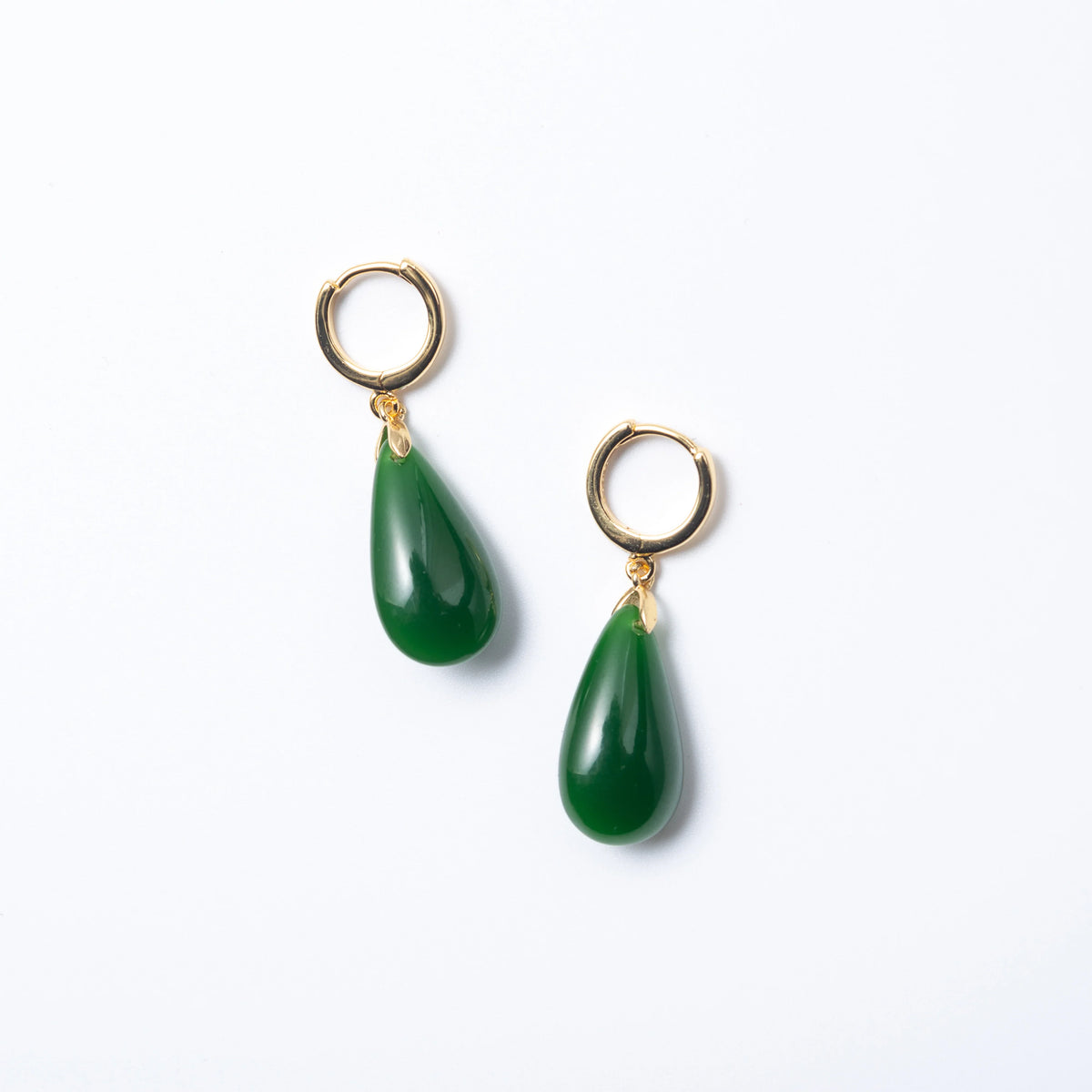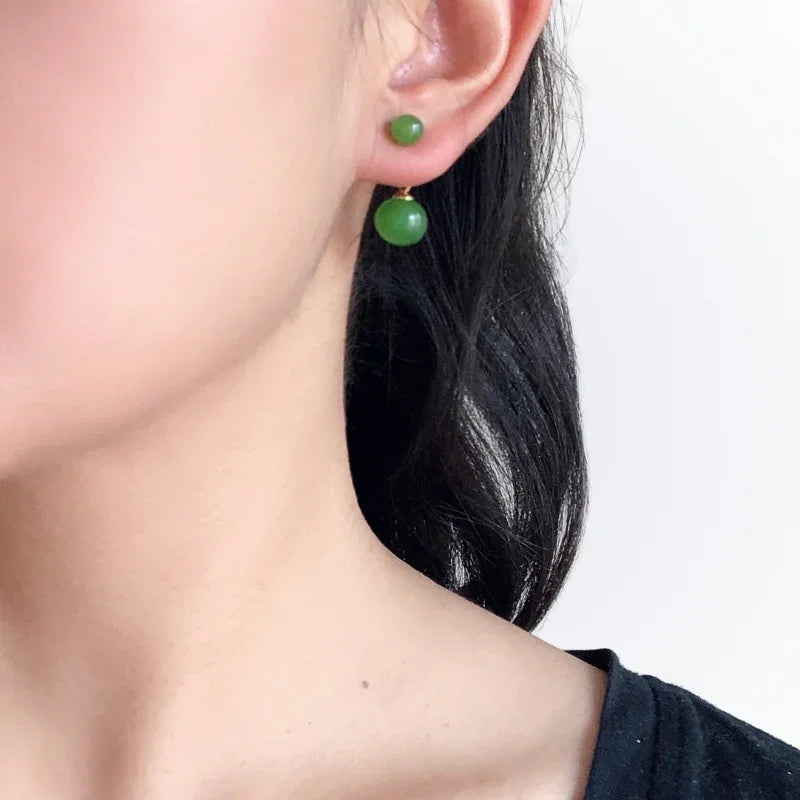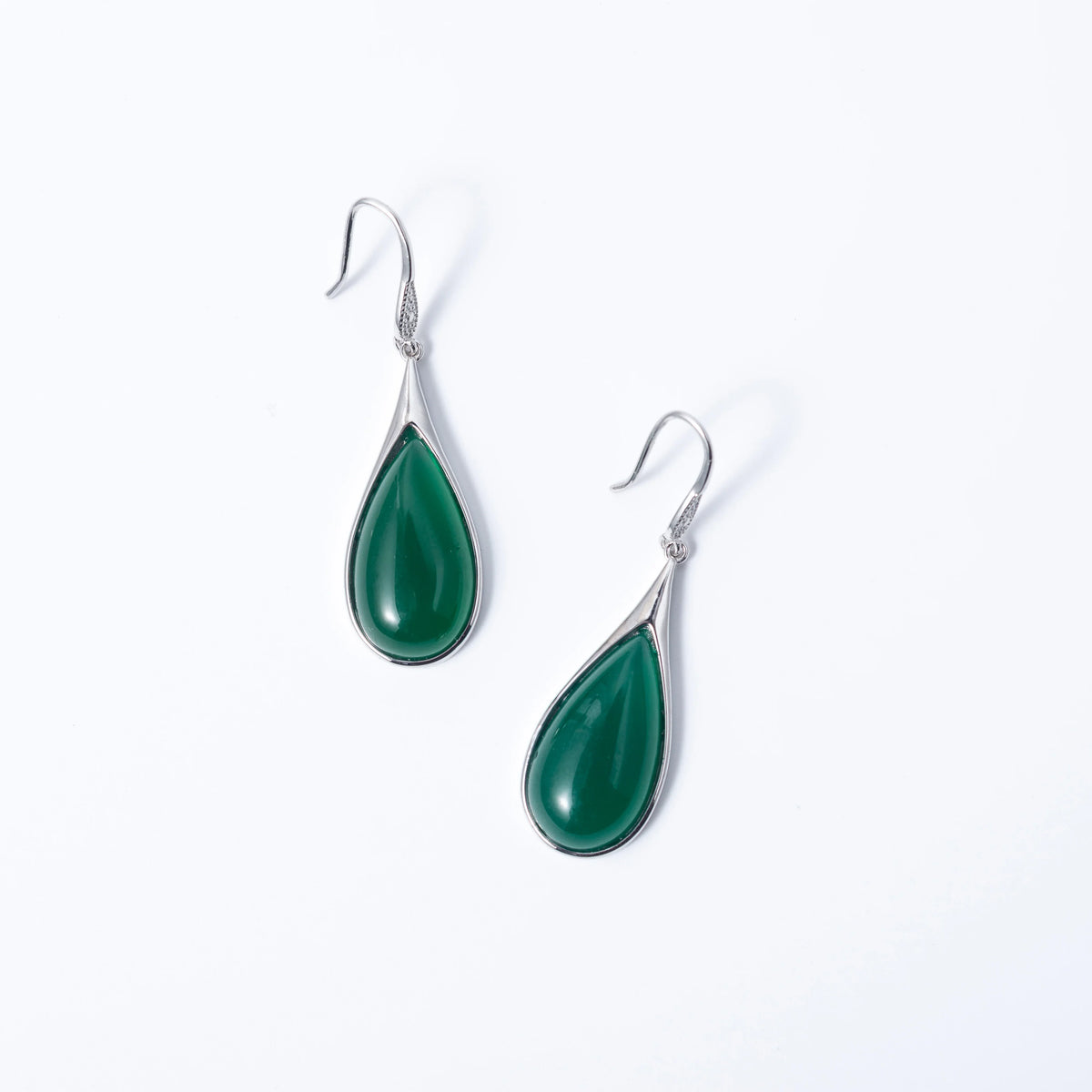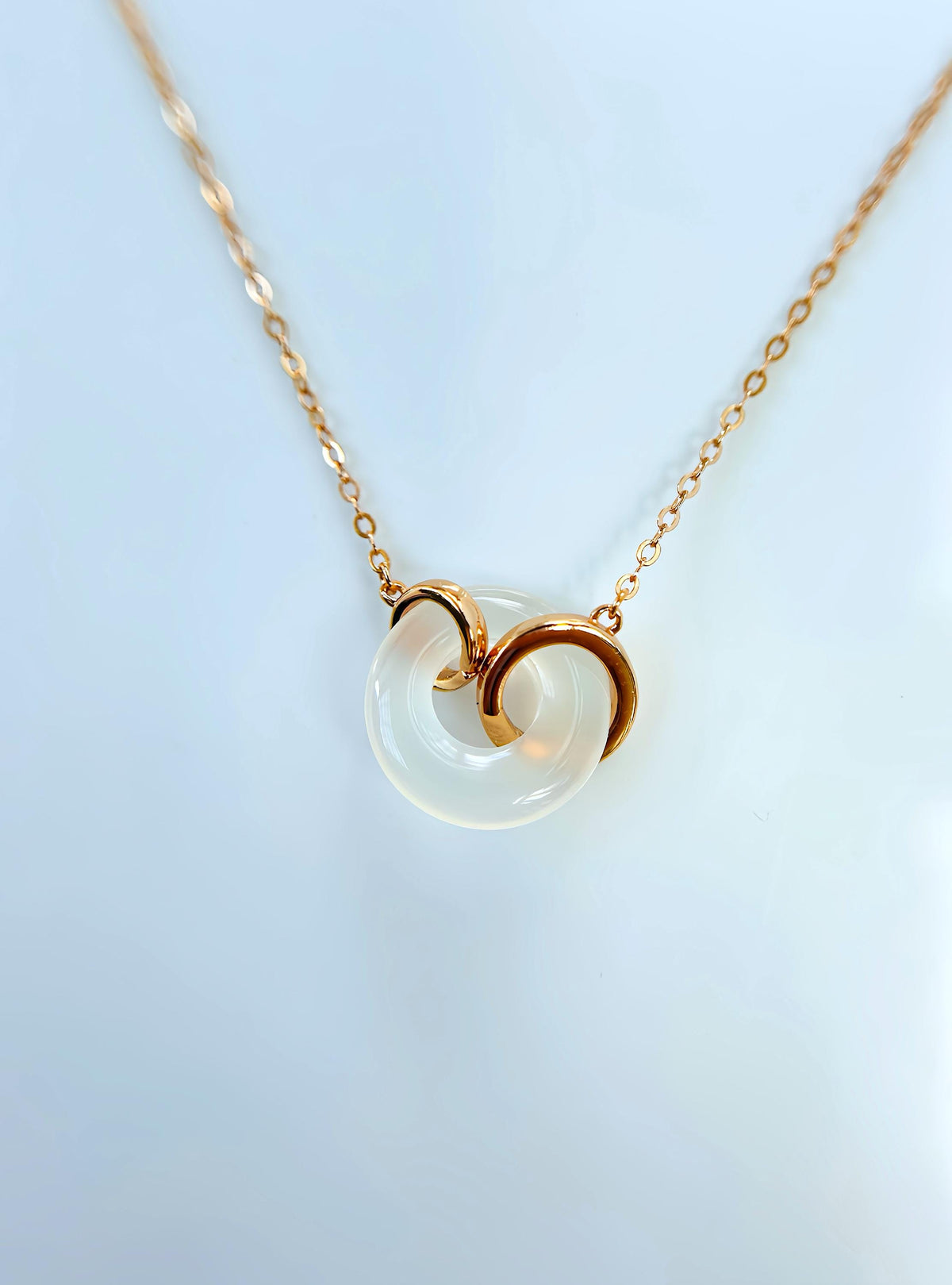The Global Journey of Jade
For thousands of years, jade has fascinated people across cultures — cherished for its serene beauty and deep symbolism of love, luck, and protection. While many associate jade with China, this timeless gemstone is actually found in several countries, each producing jade with its own distinct character and history.
Let’s explore some of the most famous jade mines around the world and what makes their stones so extraordinary.
1. Myanmar (Burma) — The Source of Imperial Jadeite
Myanmar is home to the world’s most precious jadeite, often called Imperial Jade for its vivid, glass-like green glow.
The mines of Kachin State, in northern Myanmar, have supplied China’s royal courts for centuries. Today, Myanmar remains the world’s largest producer of gem-quality jadeite, prized for its exceptional transparency and color saturation.
Jadeite from Myanmar is what most people mean when they refer to “jade jewelry” today.
2. China — The Ancient Birthplace of Jade Culture
China’s love affair with jade stretches back over 6,000 years. Ancient artisans carved nephrite jade — a softer, creamier variety — into ornaments, seals, and ritual objects.
The most famous Chinese jade historically came from Hetian (Hotan) in Xinjiang and Liaoning in the northeast.
In Chinese culture, jade represents purity, virtue, and grace — qualities once said to mirror the ideal person’s character.
3. Canada — The Land of Green Giants
Far from Asia, the mountains of British Columbia hide massive deposits of nephrite jade, sometimes weighing several tons.
Canadian jade is known for its deep forest-green hue and durability, making it ideal for both fine jewelry and intricate carvings.
It’s also one of the world’s most sustainable jade sources, thanks to strict mining and environmental standards.
4. Russia — Siberia’s Hidden Treasure
In the icy landscapes of Siberia, Russia produces high-quality nephrite jade with a rich, dark-green tone and swirling natural textures.
Discovered in the 19th century, Siberian jade remains a favorite among artisans who value its bold patterns and resilience — a gemstone shaped by one of the world’s harshest environments.
5. New Zealand — The Sacred Pounamu of the Māori
In New Zealand, jade (known as pounamu or greenstone) holds deep spiritual meaning for the Māori people.
Traditionally used in tools, weapons, and heirlooms, pounamu represents strength, harmony, and connection to ancestors. Today, it continues to be worn as a powerful symbol of heritage and identity.
6. Yunnan, China — The Crossroads of Jade Trade and Culture
No map of jade would be complete without Yunnan, in southwest China — a region that has long been at the heart of the jade trade.
Bordering Myanmar, Yunnan sits along the ancient Silk Road, where merchants once carried jade, silk, and spices between China and Southeast Asia.
Over time, Yunnan has grown into one of the largest jade trading centers in China, where raw jade from Myanmar is transported, carved, and sold to jewelers and collectors around the world.
Our Inspiration: SpringCity Dream
SpringCity Dream was born from this very heritage.
Inspired by my hometown — Kunming, Yunnan, the “Spring City” — our jewelry celebrates the blend of nature, craftsmanship, and culture that makes jade timeless.
Here, in the place where the mountains meet the ancient trade routes, jade has always been more than a gem — it’s a symbol of connection, history, and harmony.
Through each design, we hope to share a small piece of that story — bridging the old and the new, and letting the spirit of jade continue to shine.




